History of Hagia Sophia
History of Hagia Sophia:
The Hagia Sophia Mosque, located on the European side of Istanbul, Turkey, is one of the most important symbols of the conquest of Constantinople (Istanbul) by the Ottoman Sultan " Fatih Sultan Mehmed " of the Byzantine Empire on May 29, 1453, after it remained resistant to Islamic conquests. for several centuries. Hagia Sophia, which was transformed with the conquest of Istanbul from a church to a mosque, is one of the most important artistic and architectural monuments in the world, and among the most visited museums. This majestic edifice was built in 537, and historians consider it "the eighth wonder of the world."
Today, Hagia Sophia is an artistic and architectural edifice located in the Sultanahmet district of Istanbul and was used for 481 years as a mosque, before it was turned into a museum in 1934, so that the great edifice witnessed a historic event on July 10, 2020, with the abolition of the Administrative Court. The Turkish Supreme Council, the decision of the Council of Ministers issued in 1934, reopening it for worship and prayer, and transferring the affiliation of the historical edifice from the Ministry of Culture and Tourism to the Presidency of Religious Affairs.
1. Hagia Sophia Cathedral:
Hagia Sophia Church Holy, to destroy the building for the second time after 44 years, during a rebellion of the city’s residents came due to the erection of a silver statue of Evdokia, wife of the Eastern Roman Emperor Arcadius, in front of the Hagia Sophia. During the reign of Emperor Theodosius II, who took over after Arcadius, Hagia Sophia was reconstructed to be officially inaugurated in 415, and the construction of Hagia Sophia as the largest church in Byzantium continued until 532 when it was burned and destroyed in the mentioned year during the "Nica Rebellion" during the reign of Justinian. Hagia Sophia was rebuilt in 5 years, and 39 days after the Nika rebellion, Emperor Justinian (Justinian I) proceeded to rebuild Hagia Sophia, to be completed in 537. About 100 architects working with two senior architects participated in the construction work, and 100 workers were placed at the disposal of each architect. The building was reconstructed in a short period of 5 years and 10 months, using bricks instead of wood, due to its resistance to weather conditions and fires. Justinian asked the governors and kings under his administration to send the most beautiful and finest types of marble to be used in the construction of the church of Hagia Sophia. Governors and kings hastened to send the best marble columns, bars, and windows they had wrested from temples, baths, and palaces from all over the empire, and secured their arrival in Istanbul.
2. Hagia Sophia Museum:
In 1934, the first president of modern Turkey at the time, Mustafa Kemal Ataturk, turned Hagia Sophia into an art museum, to witness the beauty of the blending of the motifs of the two Islamic civilizations with Christianity. Conquest of Constantinople.
3. Hagia Sophia Cemetery:
The tombs of Hagia Sophia are part of the Hagia Sophia complex and are located near it, separated by a garden, and in it are the tombs of five of the Ottoman sultans who ruled the Ottoman Sultanate in the sixteenth and seventeenth centuries: (Muhammad III - Selim II - Murad III - Ibrahim I - and Mustafa I), along with several news of these sultans. The tomb is distinguished by the presence of a splendid Ottoman urban style, in addition to the decorations written in the most beautiful Arabic script.
4. Architectural design of Hagia Sophia Mosque:
The main building is 82 meters long, 55.6 meters high, and 31.7 meters in diameter, with 40 windows. The entire building is based on four huge pillars, each of which is 24.3 meters high, made of green marble. At the end of the twentieth century, four hidden pillars were discovered standing leaning against the upper dome, which means that they are the oldest pillars in the history of architecture. The building is entered from nine doors, and it is built in the style of the basilica (an ancient Roman building that the Greeks were famous for in the construction of their religious edifices, we find it many in Rome and similar to the dome of the Vatican City). A long one leads to side halls from which it enters the main hall, where the huge dome that rests on the building is anchored above the main hall, and from the east and west it rests on relatively small semi-domes. After the conversion of Hagia Sophia into a mosque, many of the paintings were covered with layers of gypsum, and decorations were drawn over them with Arabic calligraphy, but they began to fall and the drawings appeared below them, which made them now overlapping paintings in each other.


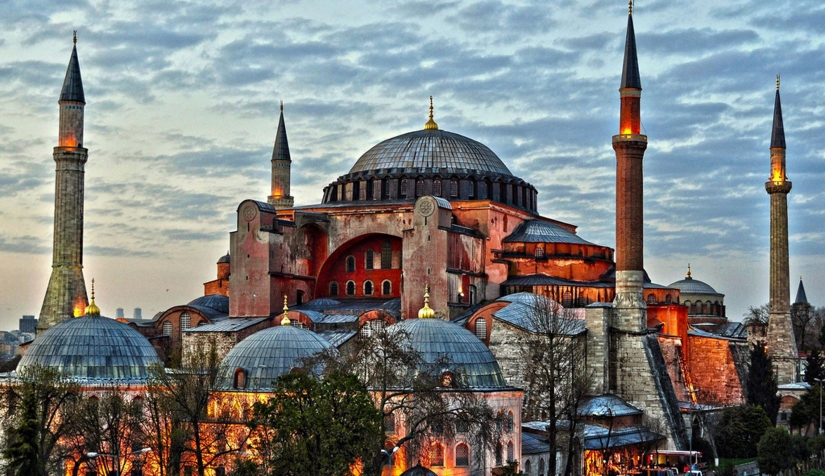


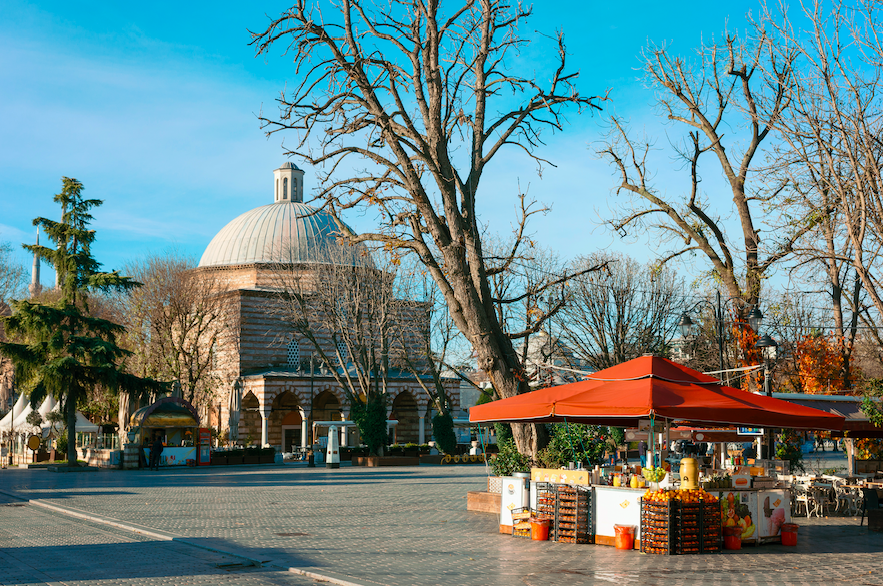




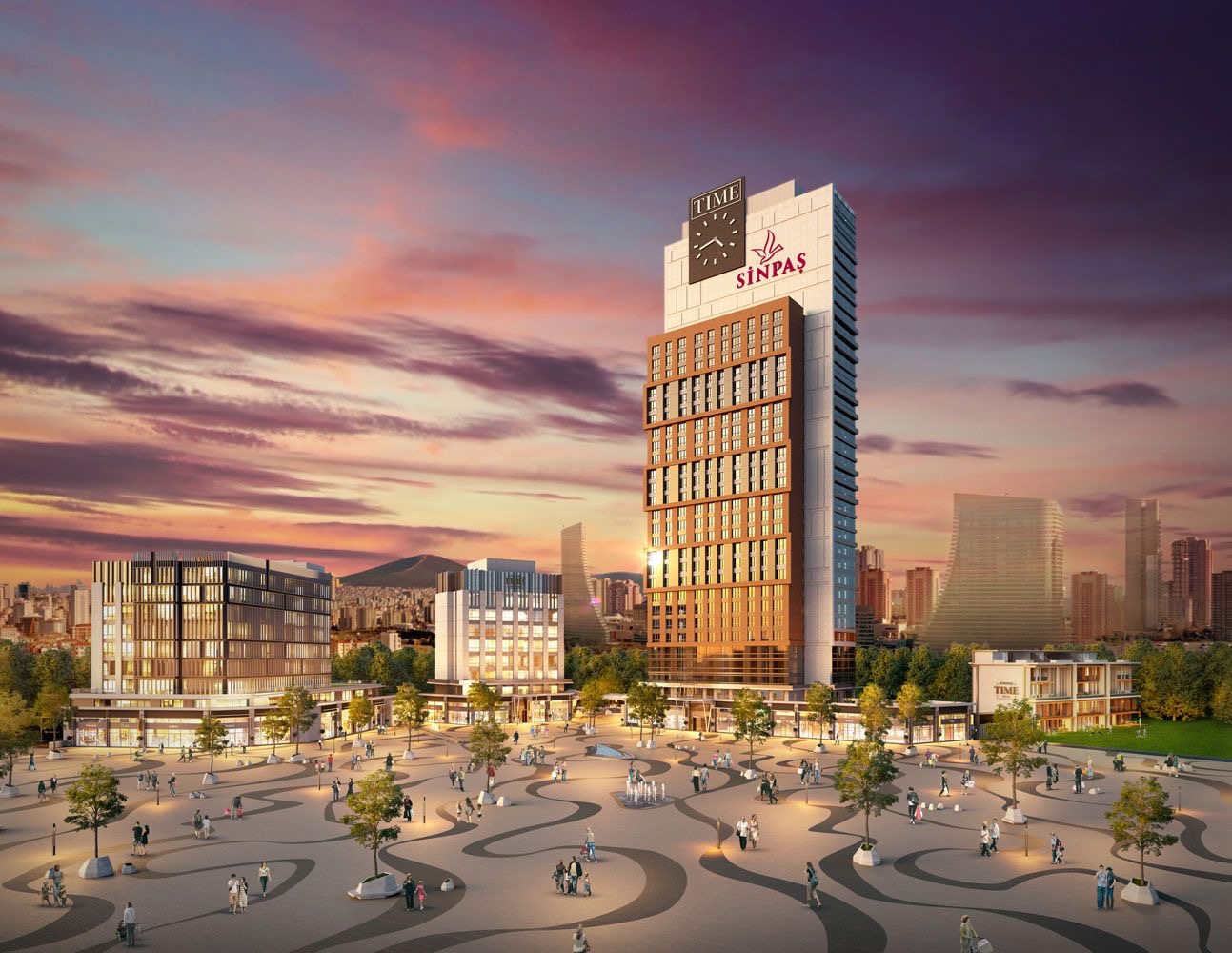

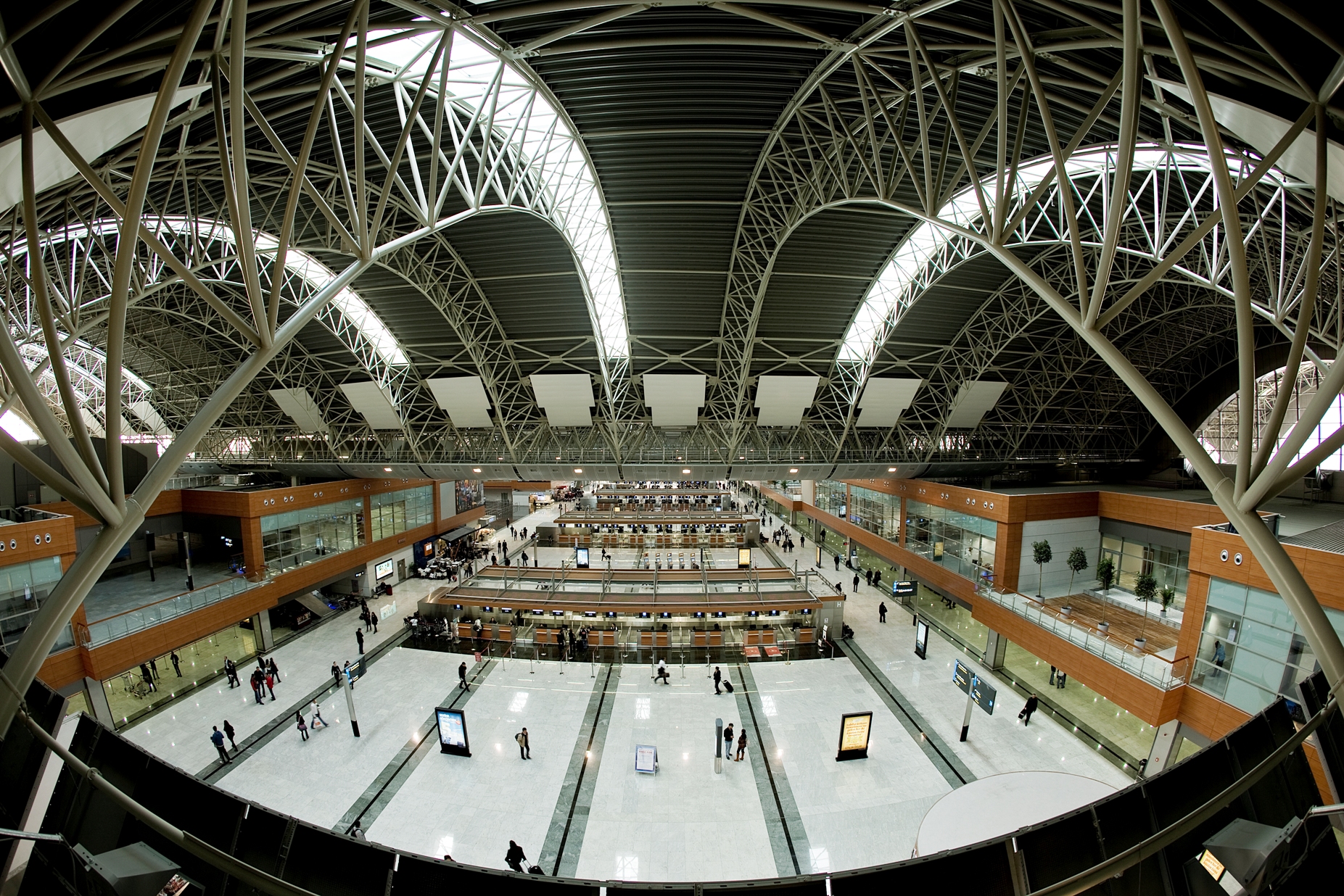

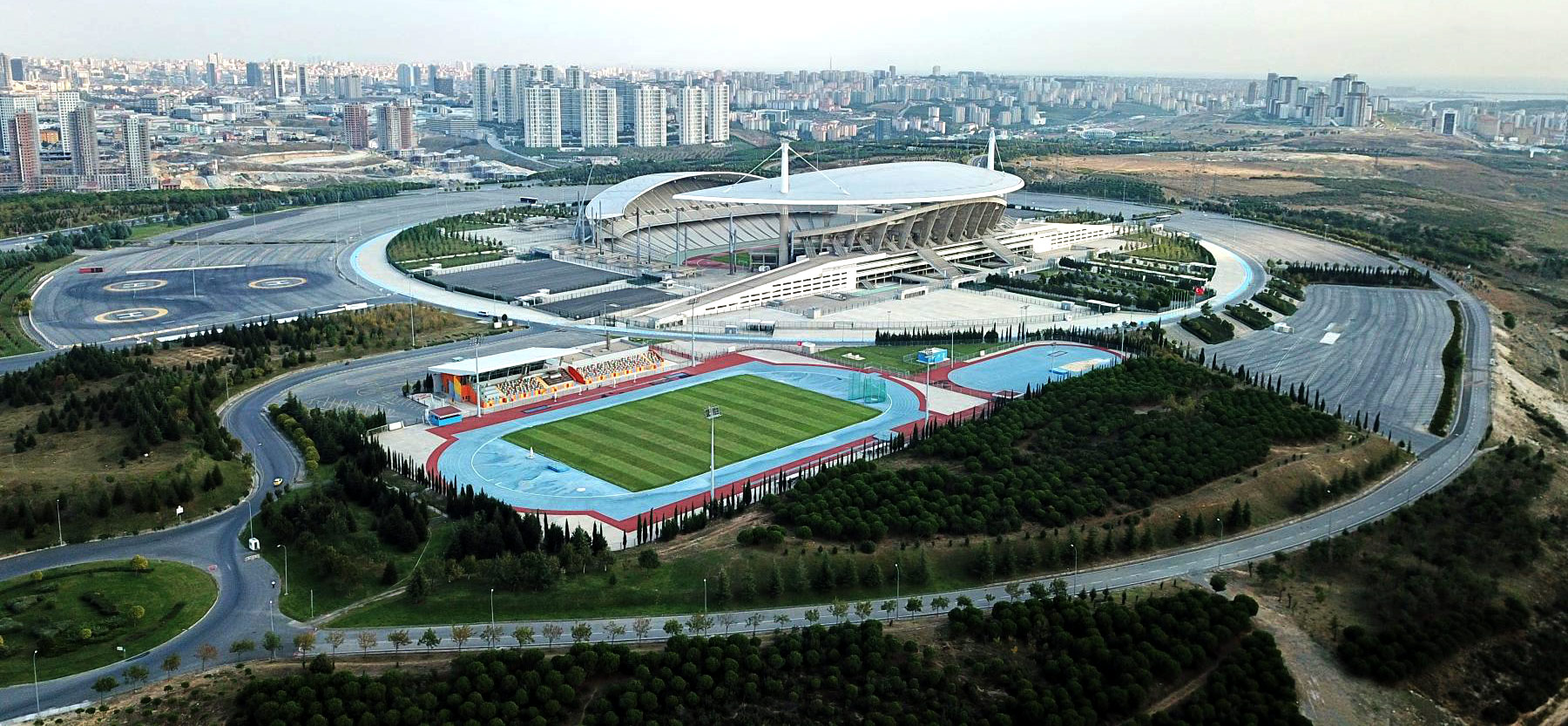
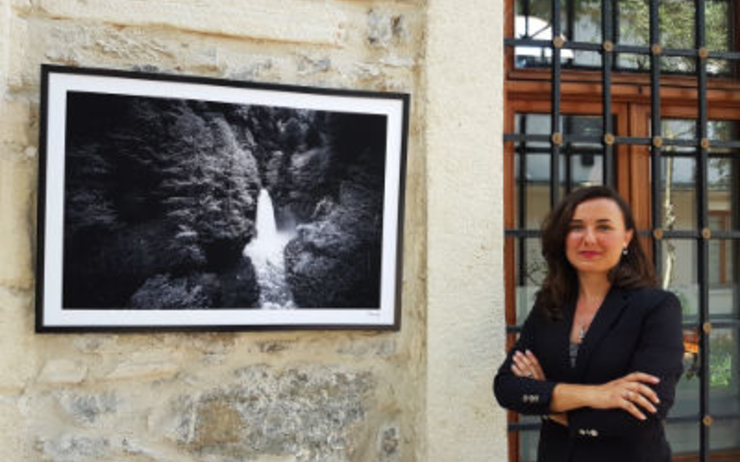
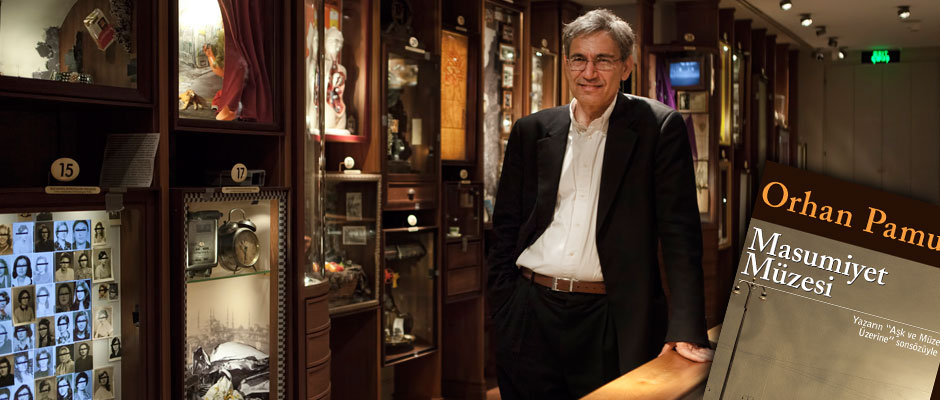


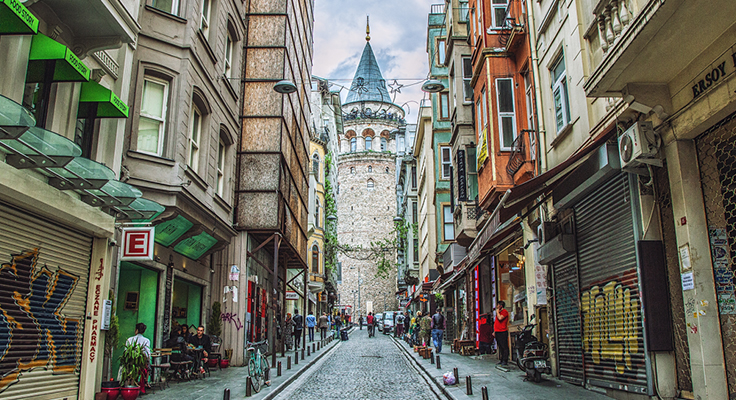
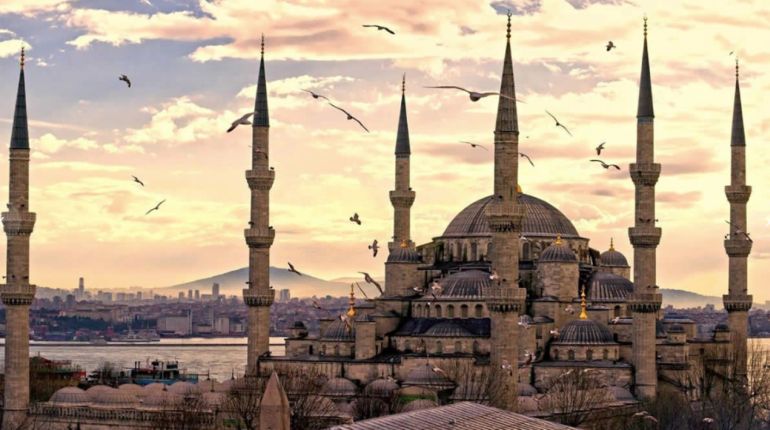
More posts by Gokce Nacar